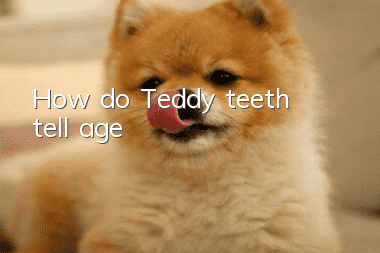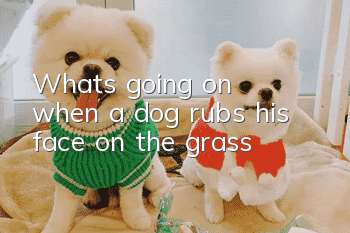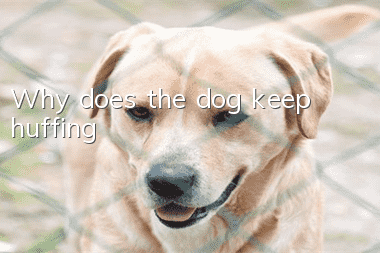How do Teddy teeth tell age?

Most of the Teddy dogs raised by my friends are relatively small. Like people, Teddy dogs also have their own age. Below, Taogou.com will tell you how to judge the age of Teddy dogs and let you know about the dog. Dog development is well understood.
Let’s first take a look at the dental conditions of Teddy dogs at different ages.
The distribution of permanent teeth of an adult Teddy dog: 6 upper and lower incisors, 2 upper and lower incisors, 8 upper and lower premolars, 4 molars in the upper jaw and 6 in the lower jaw, a total of 42 teeth.
The distribution of the number of deciduous teeth in young Teddy dogs: 6 upper and lower incisors, 2 upper and lower canine teeth, and 6 upper and lower premolars, a total of 28.
The age of an adult Teddy dog is most obvious in the growth, wear, and bluntness of the teeth. Therefore, we can judge the age of the puppy from the number, strength, newness, and brightness of the canine teeth.
Judgment criteria:
Teeth gradually and unevenly grow in around 20 days.
In 30-40 days, the deciduous incisors will grow in full.
At 2 months old, all the deciduous teeth have grown in, are pointed and tender white.
2-4 months, the first deciduous incisor is replaced.
5-6 months, the second and third deciduous incisors and all deciduous canines are replaced.
Over 8 months old, all teeth will be replaced by permanent teeth.
1 year old, the permanent teeth are all long, smooth and strong, with sharp protrusions on the upper part of the incisors.
At 1.5 years old, the peak of the mandibular first incisor disappeared.
At 2.5 years old, the peak of the second mandibular incisor was lost.
At 3.5 years old, the peak of the maxillary first incisor was lost.
At 4.5 years old, the peak of the maxillary second incisor was lost.
At the age of 5, the peak of the third mandibular incisor was slightly worn, and at the same time, the first and second mandibular incisors were ground into a rectangular shape.
At the age of 6, the peak of the third mandibular incisor is obliterated and the canine teeth are blunt and rounded.
At the age of 7, the first incisor tooth of the mandible was worn to the root of the tooth, and the wear surface was vertically oval.
At the age of 8, the first incisor of the mandible was worn and tilted forward.
At 10 years old, the wear surfaces of the second mandibular and first maxillary incisors were longitudinally oval.
At the age of 16, the incisors were lost and the canines were incomplete.
20 years old, canine teeth lost
The general life span of Teddy dogs is 12 to 15 years, and many can exceed 15 years.Very rarely, this is inseparable from the environment in which it lives, the food it eats, and other factors. It is relatively accurate to judge the age of a dog through the teeth of a Teddy dog. Friends can give it a try.
- Treatment methods for dog vomiting and diarrhea
- Will dogs rupture their intestines if they eat dried duck neck?
- Is the Great Gryffindor easy to raise? How to raise it?
- Is the Basset Dog easy to raise? Basset Dog_Price_Training
- What causes pyoderma in dogs?
- What should I do if my dog takes deworming medicine after vaccination?
- Introduction to Inabao and other dog foods
- What should I do if my Husky puppy barks at night?
- How to give dogs the best calcium supplement
- Are Alaskan Malamutes easy to raise? How to raise



